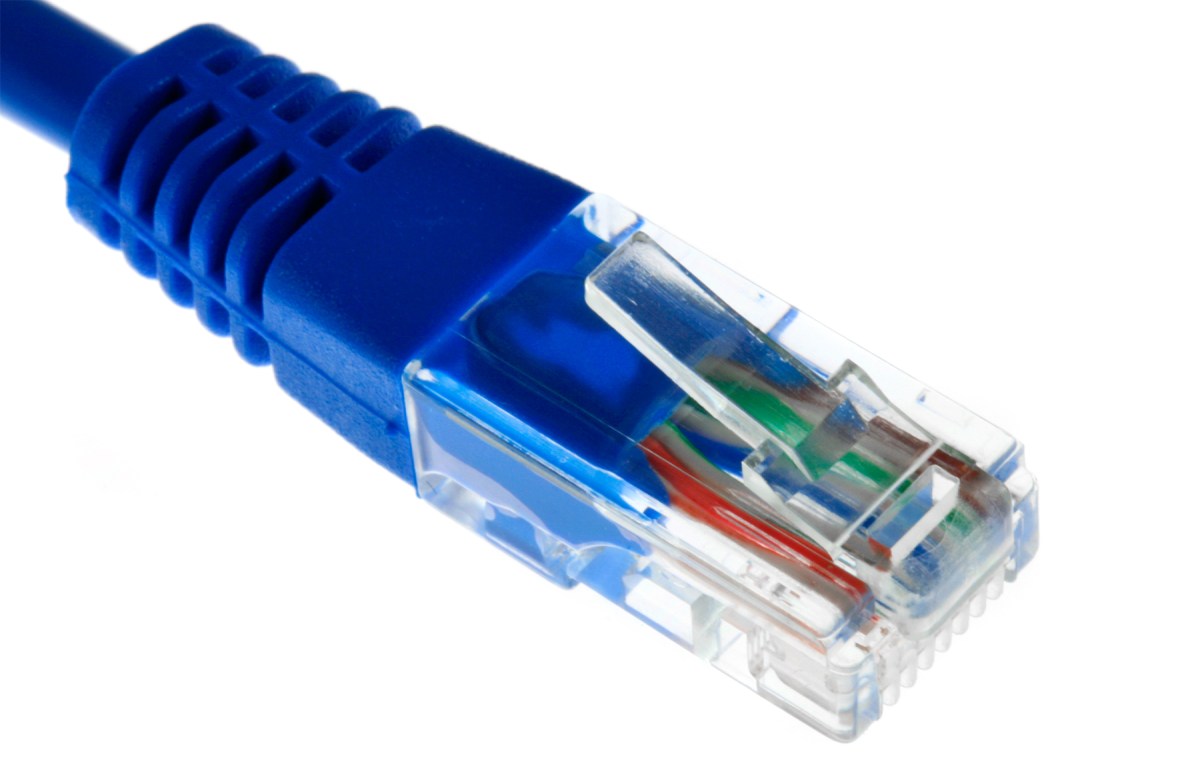One of the common questions I get is what is the difference between Masquerade and SRC-NAt? Which should I use?
The quick answer is to use SRC-NAT if your gateway IP is static, and use masquerade if it can change.
The Mikrotik Wiki Entry
Firewall NAT action=masquerade is unique subversion of action=srcnat, it was designed for specific use in situations when public IP can randomly change, for example DHCP-server changes it, or PPPoE tunnel after disconnect gets different IP, in short – when public IP is dynamic.
Every time interface disconnects and/or its IP address changes, router will clear all masqueraded connection tracking entries that send packet out that interface, this way improving system recovery time after public ip address change.









 Recently there has been some activity on integration with LetsEncrypt and Mikrotik. WHile Mikrotik does not directly support Letsencrypt directly yet, you can make it work with this setup
Recently there has been some activity on integration with LetsEncrypt and Mikrotik. WHile Mikrotik does not directly support Letsencrypt directly yet, you can make it work with this setup
You must be logged in to post a comment.